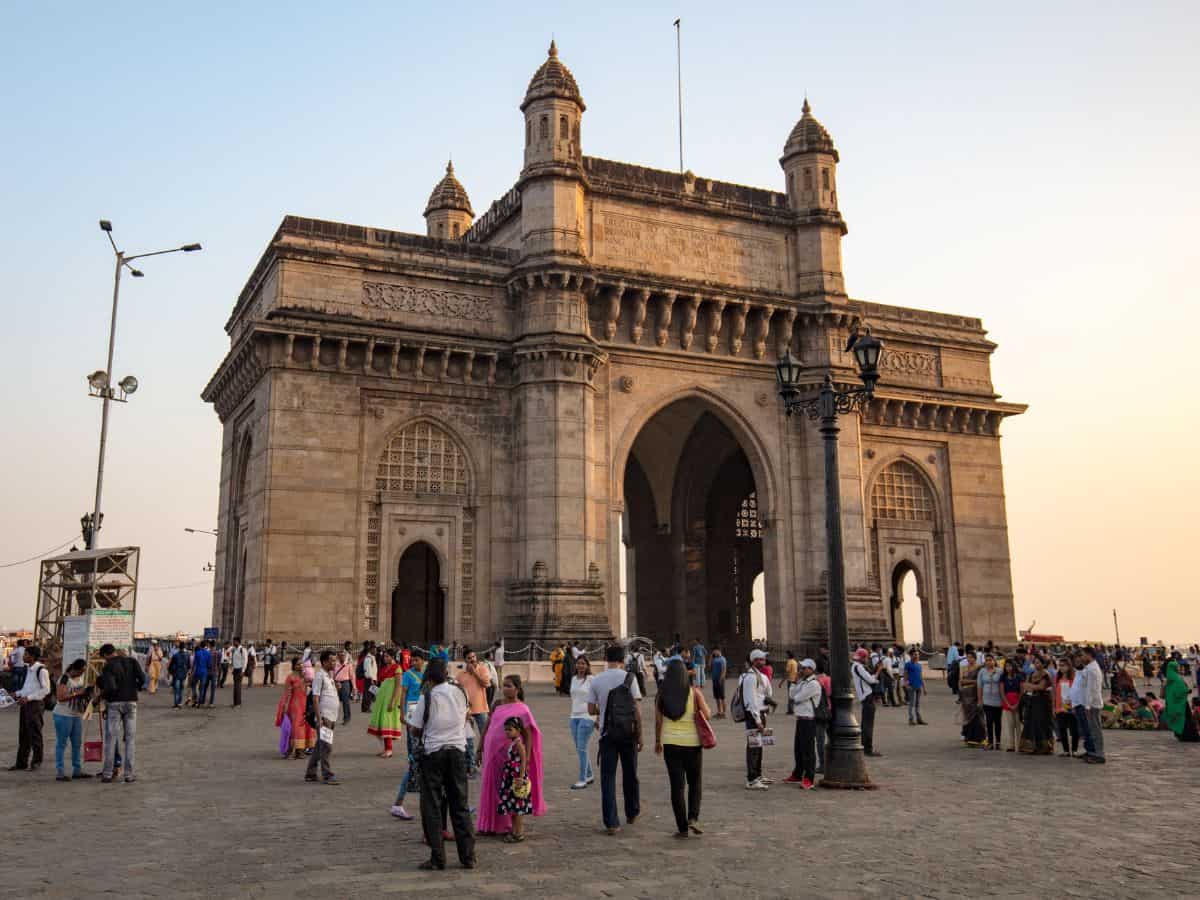20 Important Travel Tips For Visiting India For The First Time in 2025
Are you visiting India for the first time? I’ve got you covered with helpful travel tips!
I remember planning for my first trip to India in 2017. I was used to traveling in North America and Europe so I found planning a trip in India to be a bit intimidating. India’s a big country and, at times, quite chaotic. But after spending more than a year living there plus multiple return trips, I’ve learned that with a small amount of research there’s no need to be overwhelmed!
Below I breakdown 20 helpful travel tips I wish I had for my first trip to India. I hope it provides some context to visiting India so you know what to expect.
Travel Tips For Visiting India For The First Time
Here are some travel tips to keep in mind for a memorable and smooth adventure in India.
1. Plan your trip around the weather
Depending on where you plan to go within India, you need to understand the seasons. I’d argue that weather is the most important factor in planning the best time to visit your destination in India.
For the most part, the climate is very hot in the summer months and you’ll need to pack accordingly for your India trip. But if you have plans to visit the Himalayas in the winter, make sure to pack warm clothing if you plan on exploring higher altitudes. It can get chilly in places like Shimla, Manali, and Kashmir. Temperatures can drop to near freezing, especially at night.
India has two main monsoon seasons. The summer monsoon (also known as the southwest monsoon) typically spans from June to September, varying slightly depending on the region. This monsoon season brings heavy rainfall to most parts of the country, rejuvenating the land after the scorching summer months. The intensity and duration of the monsoon can vary greatly across different regions, with coastal areas and hill stations experiencing more rainfall compared to the arid regions of the interior.
Then there is the winter monsoon (also known as ‘retreating monsoon’ or ‘northeast monsoon’), which mostly impacts the southeastern coastal regions of India, and runs from October to December. As the summer monsoon retreats, the winter monsoon brings a second wave of rain showers to parts of south India, including the states of Tamil Nadu, Andhra Pradesh, and parts of Karnataka and Kerala.
2. Embrace the chaos
As a type A person, this one can be difficult for me. But part of the beauty of India is leaning into the chaos. Try to go with the flow whenever possible. Look at your travels as an adventure to experience everything India has to offer.
The beauty of India lies in its ability to surprise and enchant you in the most unexpected ways. Let your first trip to India bring on the chaos, in a good way!
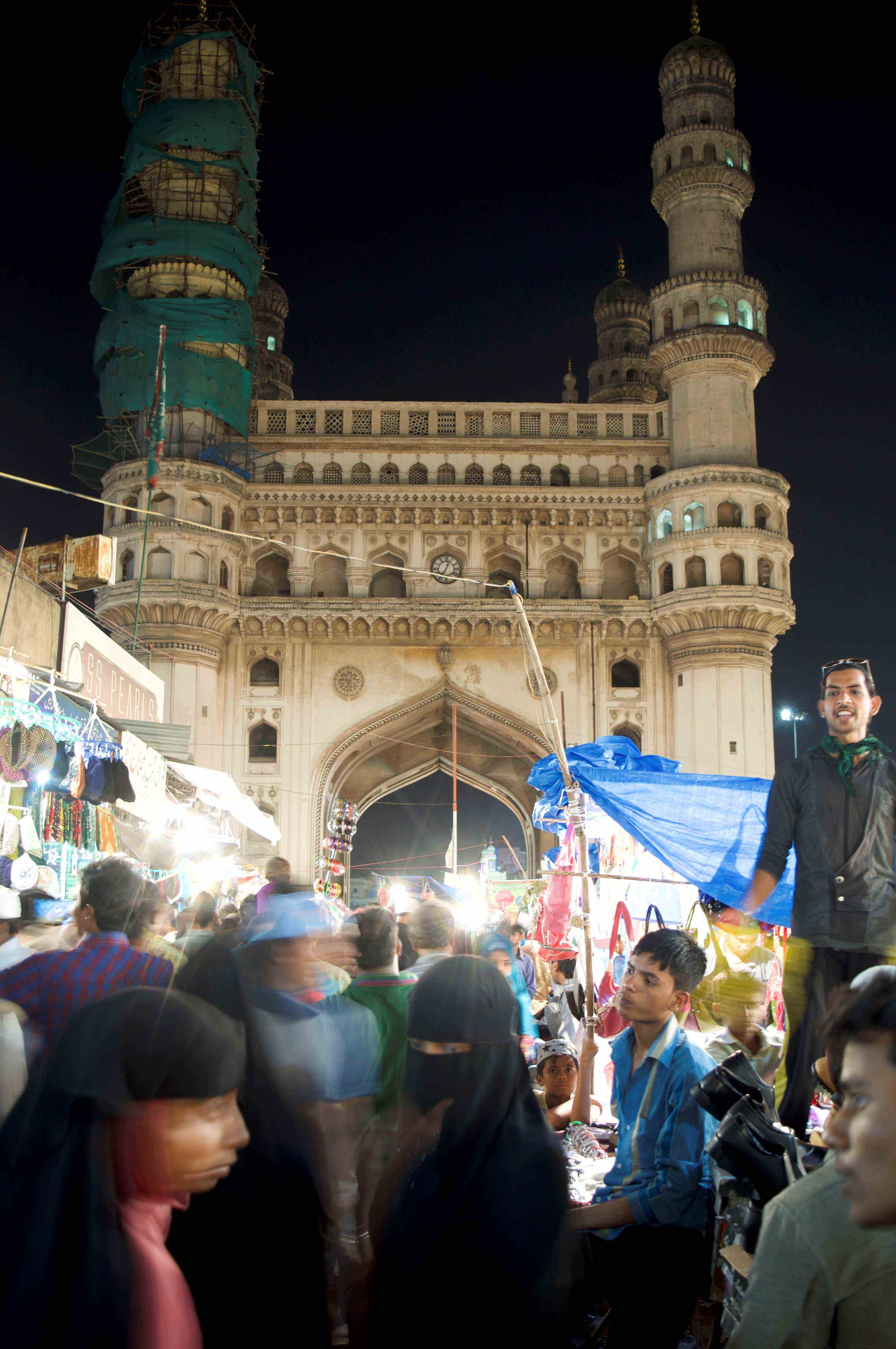
3. Try the food
Food is a HUGE part of Indian culture. From region to region, cuisine is rich and varied. From street food vendors to high-end restaurants, there’s incredible flavors to taste.
Don’t be too afraid to try street food when visiting India for the first time! Opt for busy vendors so you ensure the food is fresh. Eat foods that have been thoroughly cooked with heat to kill the bacteria and/or from vendors using bottled water.
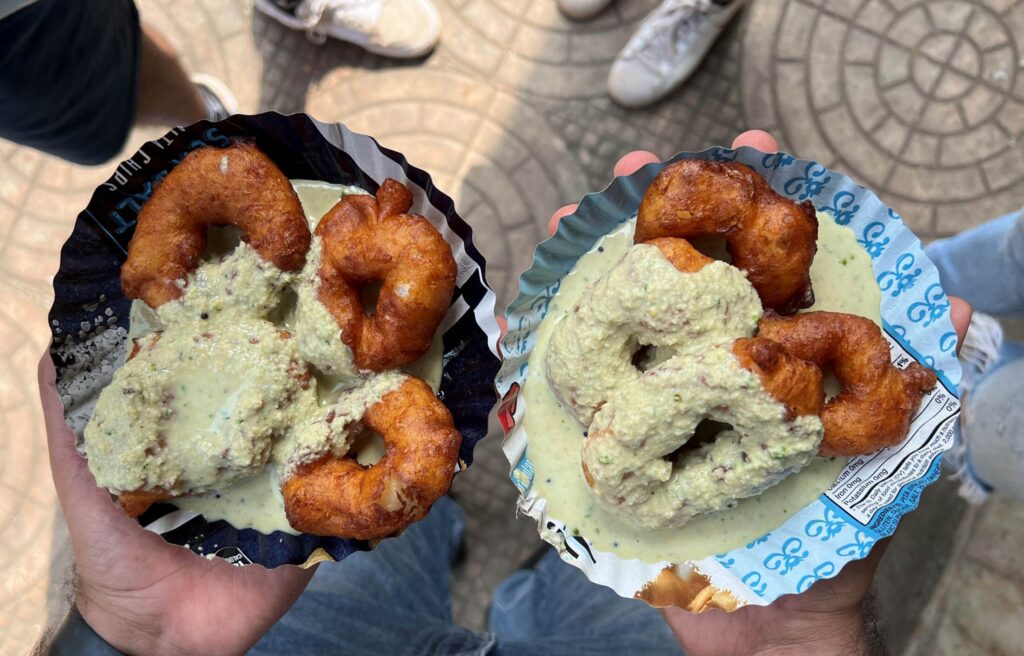
4. Download WhatsApp
Make sure you have WhatsApp on your phone (this tip is for you- Americans with iPhones!). Indians use WhatsApp for everything.
If you are trying to make an appointment somewhere, WhatsApp them! If you are looking to connect with your driver, WhatsApp them! If you have a question for your tour guide, WhatsApp them!
5. Get a local SIM card
Purchase a local SIM card upon arrival to make your trip much smoother. Having access to mobile data can help you navigate, translate, and look up information on the go. Ensure your phone is unlocked before your trip to use a local SIM.
If you land at Mumbai Airport, there’s an Airtel booth where you can buy a local SIM upon arrival in the country.
6. Carry cash
Have small amounts of cash (INR/Indian Rupees) on hand because while India is advanced in digital payment, not everywhere takes credit cards. Many small shops and street vendors take Google Pay but if you are not a local with a bank account linked to a GPay account, it’s important to have rupees on hand.
When you land, I recommend taking out some INR from an ATM at the airport. It’s most helpful to have a few 500 and 200 rupee notes plus smaller some change. So take the opportunity to break larger bills at places like a cafe or restaurant.
Hotels and restaurants in cities will accept major credit cards like Visa and Mastercard.
7. Understand e-visa requirements
India does require tourist visas! Be sure you research what is required for your tourist visa. For US and EU citizens, you can apply for an e-visa prior to your trip. Fill out the application online at least 4 business days before you arrive in India.
Apply here on India’s government site. Typically, you will be granted a double entry 30-day tourist e-visa. US citizens can also apply for 1-year or 5-year tourist e-visas for a higher fee.
8. Explore beyond the cities
While Mumbai and Delhi have a lot to offer, in my opinion, the real gems of India are located in more rural destinations. Some of my favorite travels included exploring the northeastern state of Meghalaya and going on safari at Panna National Park in Madhya Pradesh.
If you’re looking for rolling green hills and a unique houseboat experience, you can’t miss Kerala, specifically Munnar and Alleppey.
Other less popular but still amazing destinations include: Hampi, Gir Forests, Kutch, Jaisalmer, Rishikesh, Varanasi, Spiti Valley, and Ladakh.
If you’re a beach lover, consider visiting Goa. The further north and south you go in the state, away from the capital city, you’ll find more peaceful coastline.

9. Understand transportation options
Uber is widely available in most Indian cities. Another popular app is Ola. It’s helpful to use the apps because you can type in your destination in case the driver does not speak English. You can also book auto-rickshaws directly in these apps, so if you are traveling a short distance and want the full Indian experience it’s an easy way to hail an auto.
I recommend using MakeMyTrip.com for transportation options to different destinations within India. You can take domestic airlines for reasonable prices, such as IndiGo, SpiceJet, and GoFirst. I have flown all three of those airlines multiple times and recommend them for getting between cities easily. Vistara is a full service airline that’s another great option.

10. Be aware of scams
While the attitude towards foreign travelers is overwhelming welcoming in India, there can be people looking to take advantage of unknowing tourists (like most tourist destinations).
Stick to reputable tourist information centers affiliated with the government or your hotel to ensure accurate and reliable assistance.
Some drivers may try to overcharge unsuspecting tourists, especially at popular tourist attractions or airports. So always negotiate the fare with taxi and auto-rickshaw drivers before starting your ride or ensure the meter is running. In cities like Mumbai and Bangalore having meters running is more strictly enforced. Use Uber or Ola, which provide upfront pricing, or you can ask your hotel to arrange transportation for you.
11. Practice safe travel
As with any tourist destination, be aware of your surroundings. Be mindful and wise about traveling alone at night, especially outside the crowded cities. Generally speaking, Indian cities shut really late and are safe. But like every large city, there are some places to avoid. In crowded places, be mindful of your phone and wallet.
If you’re exploring areas that are complex or off the beaten path, consider hiring a local guide through a reputable company.
12. Avoid tap water
Drink only filtered water or bottled water. Do not drink unfiltered tap water in India because harmful bacteria may be present. Hotels will provide bottled water or filtered water for safe drinking.
Restaurants ask your water preference; to be safe you can request bottled water, but in most cases the non-bottled water they provide will also be filtered.
13. Be patient
Traffic and delays are part of the Indian experience. Patience is not just a virtue here; it’s a necessity!
If you are in cities like Mumbai, Delhi, and Bangalore, the traffic can be unpredictable and gets very heavy during rush hours. Always build in extra driving time to your schedule.
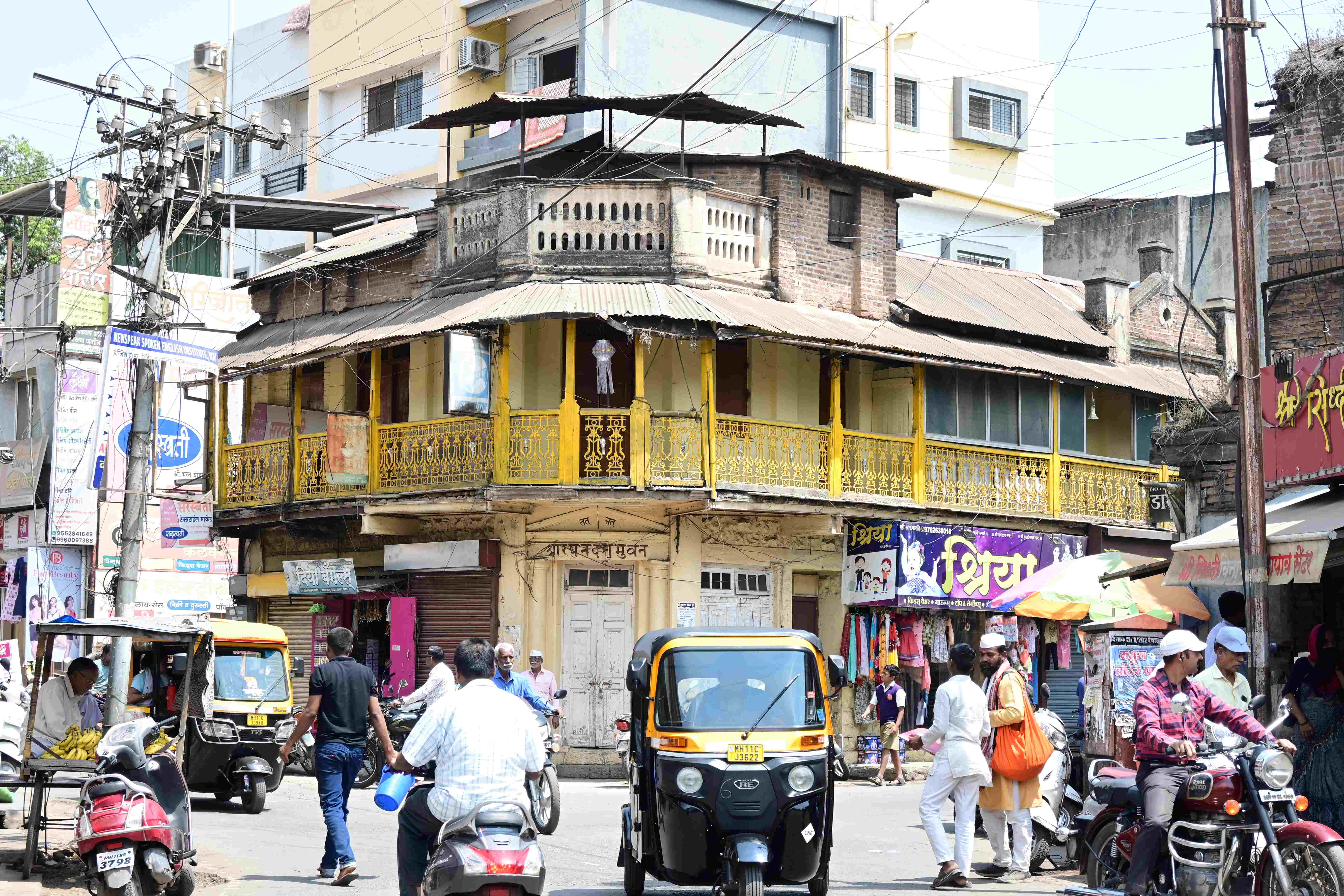
14. Don’t slum it
Reconsider any ultra-budget travel plans. While it can be an adventure in some countries to travel on a shoestring budget, traveling in India may make this approach less appealing due to unique challenges such as overcrowding.
India’s cities are best enjoyed when you’re well-rested and feel secure. Opting for mid-range or reputable accommodations ensures that you have a clean, comfortable, and safe place to return to after a day of exploration. There are plenty of 4-star boutique hotels I enjoyed staying at.
Taj Hotels usually offers mid-range options in most popular Indian cities. They have beautiful luxury properties if want to splash out on an amazing stay at places like: Rambagh Palace in Jaipur, Taj Lake Palace in Udaipur, or The Taj Mahal Palace in Mumbai. But I recommend checking out Taj’s range of hotels to find mid-range options within your budget.
When it comes to transportation, while local buses and trains can offer an authentic experience, they may also be crowded, overwhelming, and sometimes challenging to navigate. Instead, you should use trusted taxi services, ride-hailing apps (like Uber and Ola), and well reviewed private tours, which provide a more reliable and stress-free way to see the sights.
Most 4-star+ hotels will have a car service or help you book one if you need it. I frequently stayed at Taj properties on my trips and they always offered to arrange car services when I needed it, whether around town, airport pickups, or to my next destination (like when they booked me car to drive me from Pushkar to Udaipur).
Investing a little more in your comfort not only enhances your experience but also allows you to focus on enjoying the beauty and richness of India without unnecessary worries.
15. Be flexible
Leave space for spontaneity in your India itinerary. Approach your India adventure with an open mind and flexible itinerary. Delays, detours, and cultural nuances are all part of the journey, so allow yourself to go with the flow so you can enjoy every moment without stressing about going off schedule.
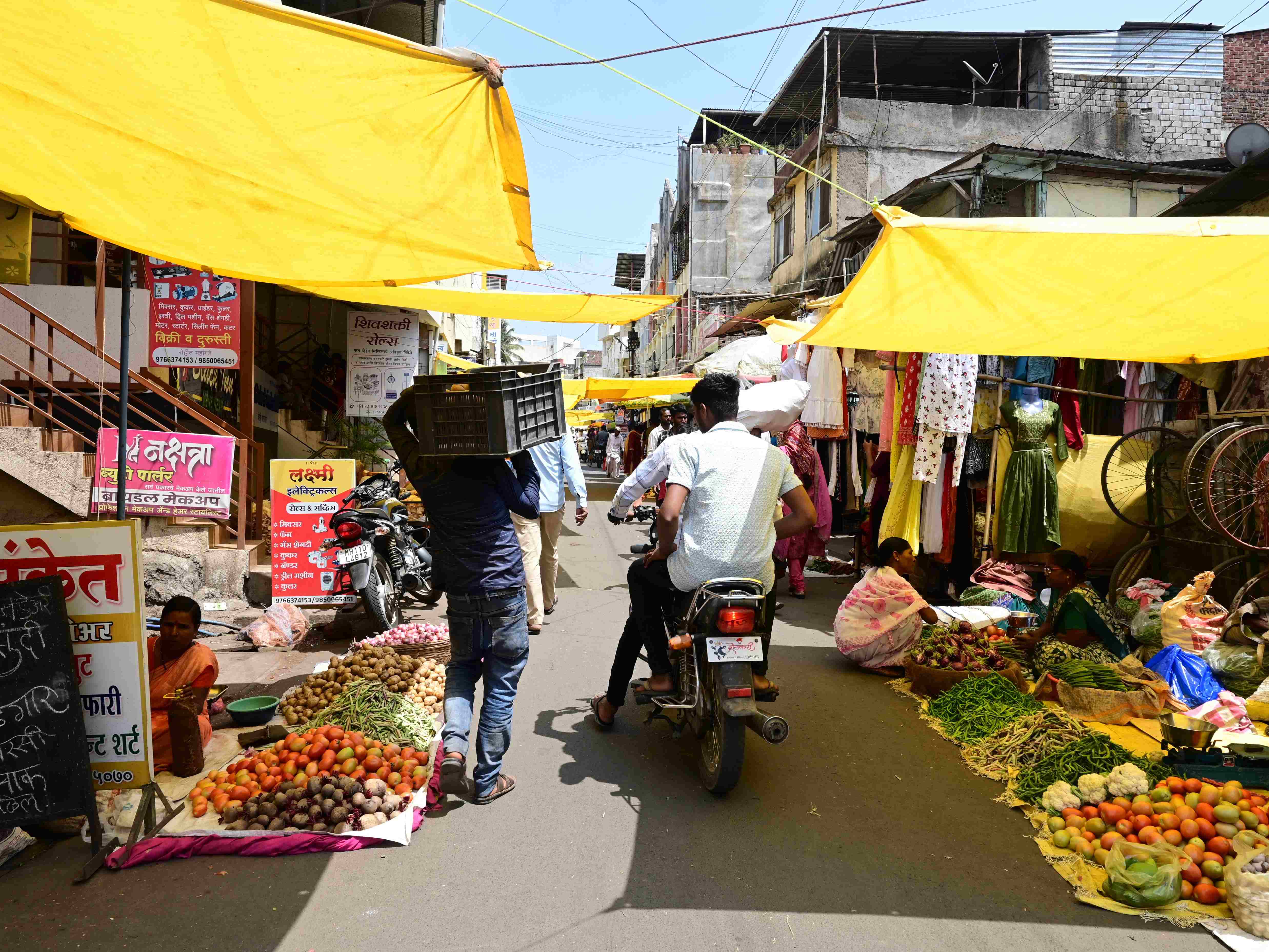
16. Respect religious & cultural sites
As always, when traveling and visiting sacred sites, learn about religious practices and local customs to show respect. Important things to take note of include taking your shoes off when entering a temple and having your shoulders and knees covered at certain religious sites.
Research beforehand and observe any rules or signs at the site.
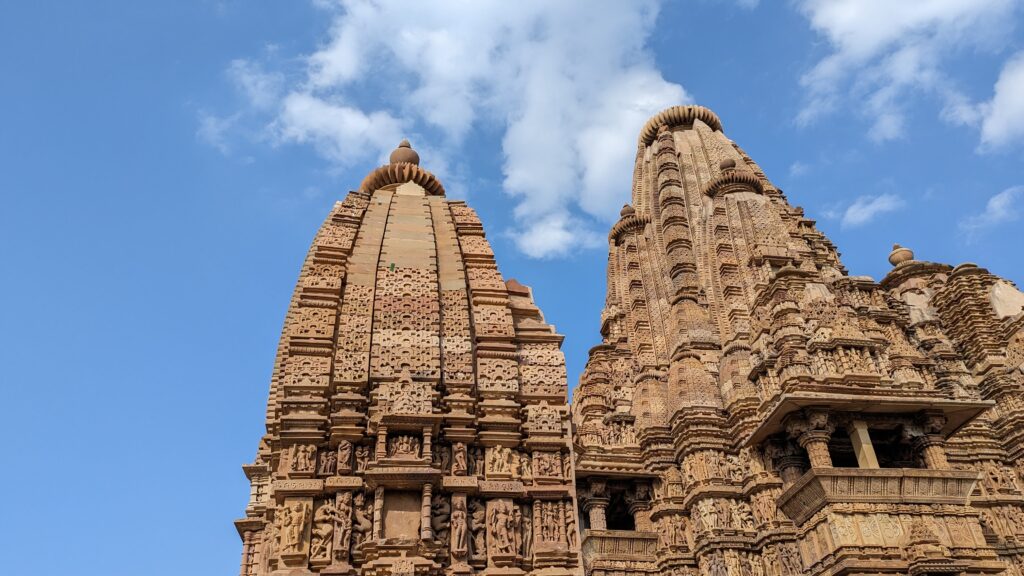
17. Pace yourself
India is very large country with a lot to explore. You can’t see everything India has to offer when visiting India for the first time. Pick a few favorite destinations and enjoy. Hopefully you’ll be back to visit more of the country on a future trip!
If you want help making the most of your trip based on your interests, I can do the travel planning for you!
18. Take at least one train ride
One of the most iconic and adventurous ways to explore India is by train. With an extensive railway network, trains can often be a good options for getting around. Depending on your itinerary try to fit a train ride into your first trip to India!
Booking train tickets in India can be a bit overwhelming, especially for foreign tourists. Thankfully, the Indian Railways has an easy-to-use online booking system called IRCTC (Indian Railway Catering and Tourism Corporation). I always recommend buying the highest class of train tickets (AC 2 Tier or First Class) available. The price difference is not so extreme and spending the extra money to have a comfortable ride away from crowds is worth it. Even for India’s longest train journeys, the difference will be less than $50.
Look for Shatabdi Express, Jan Shatabdi Express, and Vande Bharat Express. These are trains that run short distances between key cities in India, and will cover most regularly visited tourist cities. These are chair car trains (not sleeper) with assigned seating and air conditioning.
You can also book tickets through travel aggregators like MakeMyTrip and Yatra, authorized travel agents, or directly at railway stations. Book your tickets in advance, especially if you’re traveling during peak tourist seasons or on popular routes.
If you’re in a busy city like Mumbai, avoid local train trips during rush hours. I took my first local train journey at 10:30 at night in Mumbai and the car was almost empty.
There are also luxury train travel journeys, like Palace on Wheels or Maharajas’ Express, one of the world’s leading luxury trains. If you’re not on a limited budget for your trip, I highly recommend looking into these options for an unforgettable travel experience.
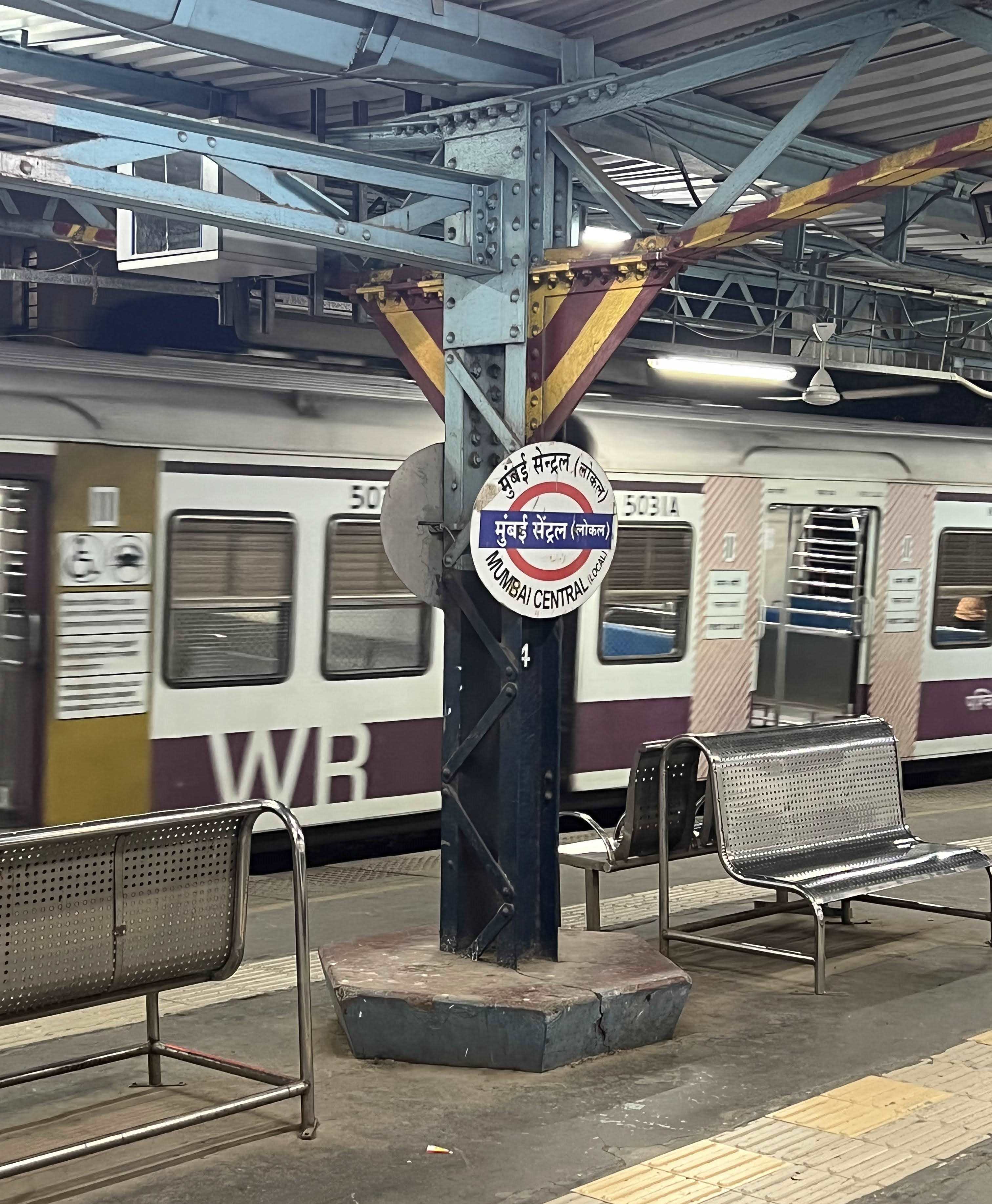
19. Don’t be afraid to cross the streets
My first time in India, I almost had a breakdown trying to cross the streets after a couple of especially exhausting travel days. My current husband (who I met one day before at a wedding in Bangalore) had to cross the street to a little store and get diet cokes for my friends and me because we were too intimidated to cross a busy road on our own.
A good tip is to watch the locals, who will help you cross the street, or simply follow behind them as they cross. Traffic will go around the pedestrians – but cars often don’t stop of their own accord if you stand and wait so you’ll need make the first move.
When in doubt or during a close call raise your hand to signal the car to stop, they will stop! Contrary to what it may seem, they don’t want to hit you.
20. Purchase travel insurance
I always recommend travel insurance for international trips. It’s a good idea to have your trip covered when traveling to India for the first time. When it comes to reliable coverage that offers peace of mind, SafetyWing stands out as my top choice for travel insurance.
Regardless of what company you use, make sure that it covers medical care as well as all of the more common travel problems like lost luggage, travel delays, and theft.

Visiting India For The First Time: FAQs
Breaking down some top asked questions for your first visit to India.
Where should I go for the first time in India?
Some of the top destinations for first time visitors are:
- Delhi
- Agra
- Jaipur
- Jodhpur
- Udaipur
- Goa
- Mumbai
I recommend visiting those cities and more in this India itinerary I put together with options for 10-days, 2 weeks, and 3 weeks. For more off the beaten path destinations consider the northeast state of Meghalaya or other underrated Indian destinations.
If you’re looking to explore outside the typical Golden Triangle itinerary, check out these 6 alternative India Itineraries that showcase the other wonders India has to offer.
What do I need before traveling to India?
You’ll need a tourist visa to visit India! In most cases, you can easily get a e-Tourist visa. Apply online for your e-visa at least 4 business days before your arrival date in India.
What should I pack for a trip to India?
If you’re wondering more about what to wear in India, it mostly depends on your specific destination in the country and the time of year. But generally speaking, it’s helpful to pack in light layers. Most of the time, it will be hot so bring lightweight, breathable options. It’s also important to have a light shawl or scarf for easy coverage of your shoulders if visiting holy sites.
I highly recommend packing mostly closed toe shoes. Sidewalks (footpaths) can get quite dusty and dirty. And sometimes, there are no sidewalks so you’ll have to navigate the streets around vendors, cars, crowds, and more.
Don’t forget sunscreen, a wide-brimmed hat, and sunglasses to protect yourself from the intense sun.
If you are planning on exploring the Himalayas pack warm clothing such as sweaters, jackets, scarves, and gloves.
Join my Facebook group, India For Foreigners, if you have more specific questions, want to chat with other international travelers looking for India advice, or just want some India travel inspiration.
TL;DR: Travel Tips For Visiting India For The First Time
Visiting India for the first time is an adventure that promises to be as rewarding as it is challenging. Remember to be prepared but stay flexible and keep an open mind. Try new things like street food and strike up conversations with friendly locals.
With these tips in mind, you’re well on your way to experiencing the incredible diversity, beauty, and vibrancy of India. Safe travels!

